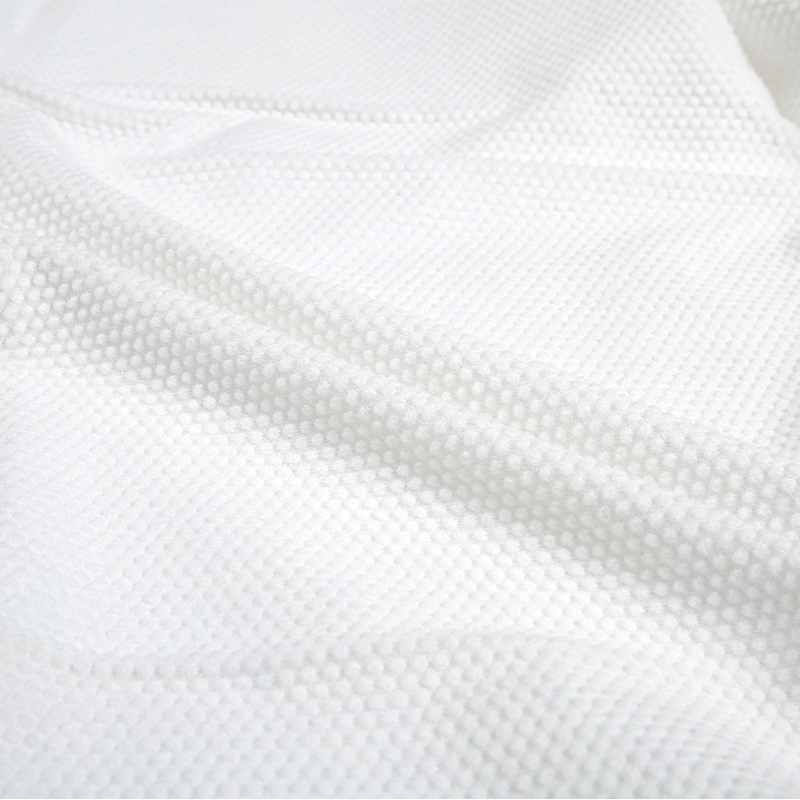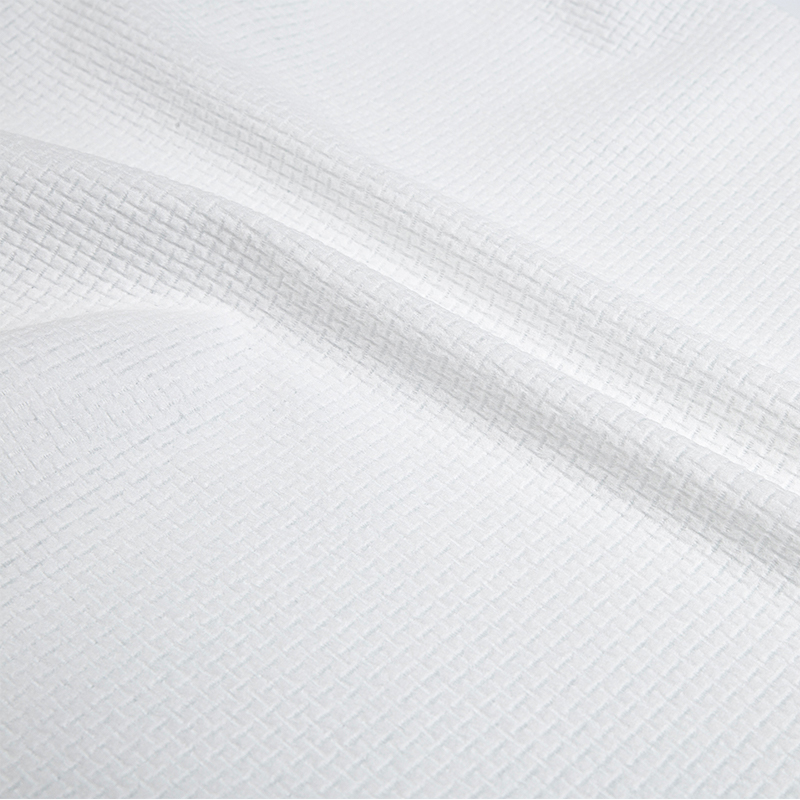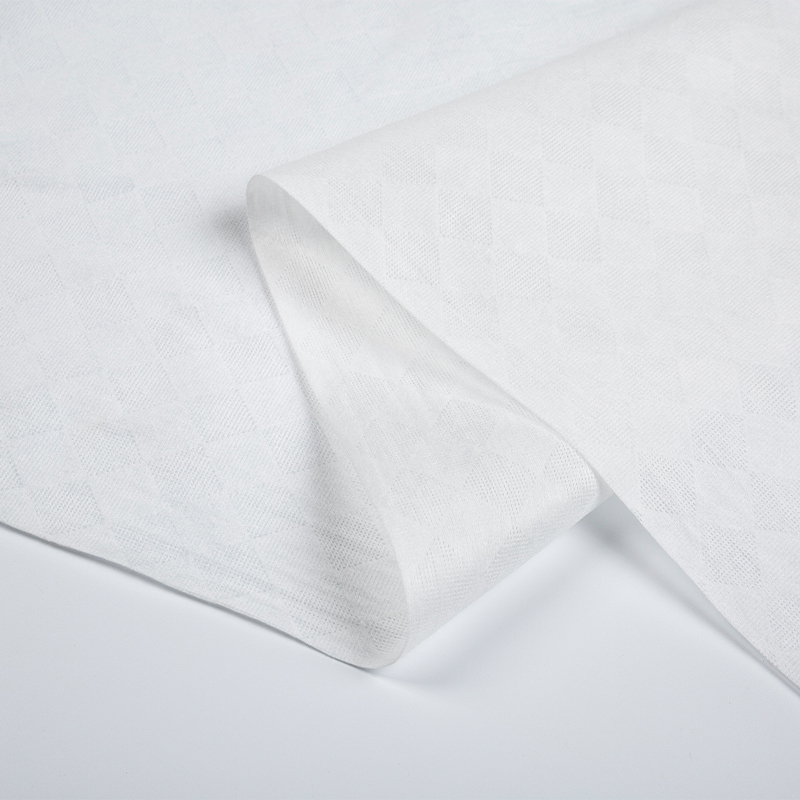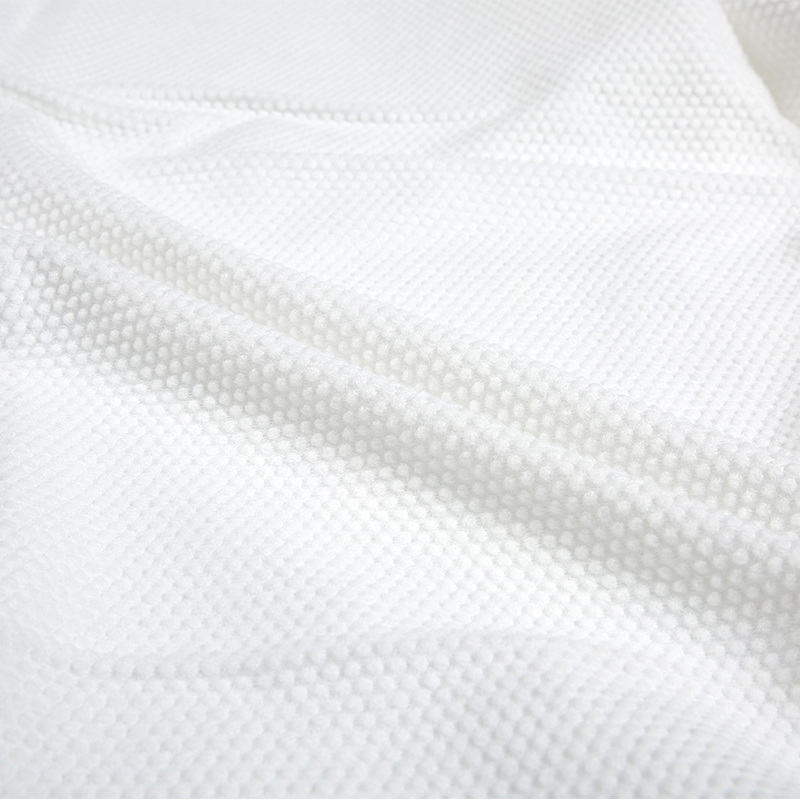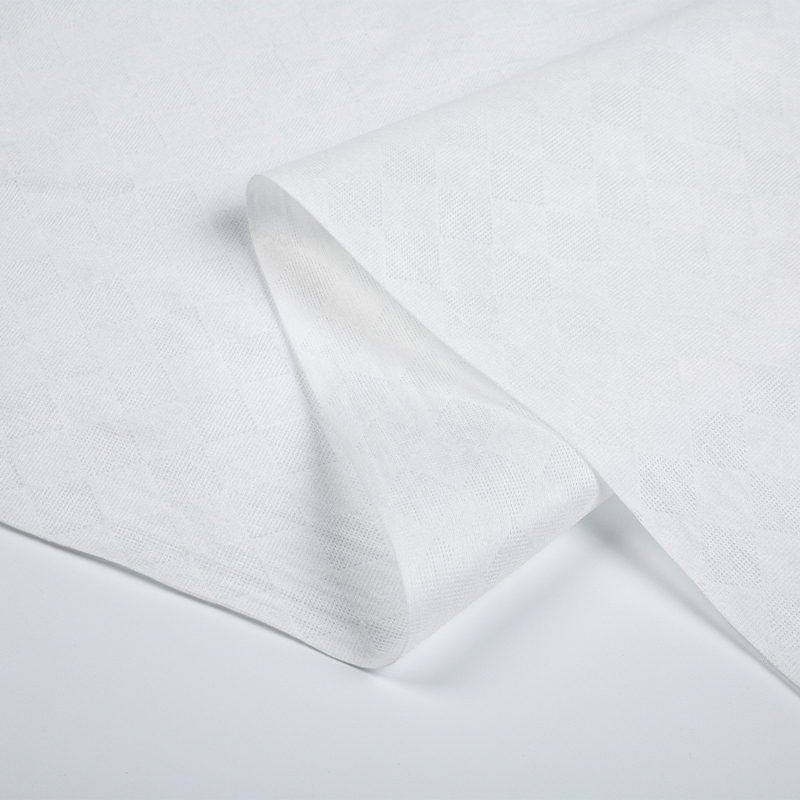Founded in 2022, Hangzhou Shunlong Nonwovens Technology Co., Ltd. is a professional China nonwoven fabric manufacturer and non-woven raw material factory
I. Strength
1. Tensile strength
Tensile strength refers to the ability of non-woven fabrics to resist breaking when subjected to tensile forces. This is an important indicator for measuring the stability and durability of non-woven fabric structures. When choosing Non-Woven Raw Materials, priority should be given to fibers with higher tensile strength. High tensile strength means that non-woven fabrics can maintain structural integrity when subjected to external forces and are not prone to deformation or rupture, thereby ensuring their stability and reliability in practical applications. Tensile strength is an important manifestation of the durability of non-woven fabrics. Higher tensile strength means that non-woven fabrics can withstand longer use and harsher environmental conditions, extending the service life of the product. The tensile strength of non-woven fabrics depends largely on the raw materials selected. Different types of fibers have different physical and chemical properties, which affect the tensile properties of non-woven fabrics. For example, polypropylene fibers and polyester fibers are often used in applications that require high tensile strength due to their high strength characteristics. The production process also has a significant impact on the tensile strength of non-woven fabrics. By optimizing the process of fiber combing, web forming and reinforcement, the tensile strength and other physical properties of non-woven fabrics can be improved.
2. Tear strength
Tear strength refers to the ability of non-woven fabrics to resist breaking when subjected to tearing force. This feature is particularly important for certain specific applications, such as packaging materials, geotextiles, etc. When selecting Non-Woven Raw Material, you need to pay attention to its tear strength performance to ensure that the non-woven fabric is not easily damaged during use.
2. Abrasion resistance
Abrasion resistance refers to the ability of non-woven fabrics to resist wear when subjected to friction. This feature is particularly important for applications that need to withstand frequent friction or heavy pressure, such as tablecloths and curtains in household items. Since the wear resistance of non-woven fabrics is relatively weak, when selecting Non-Woven Raw Material, you should try to choose fibers with better wear resistance, such as polyester fibers (PET) or nylon fibers, to improve the durability of non-woven fabrics.
3. Breathability and hygroscopicity
1. Breathability
Breathability refers to the ability of non-woven fabrics to allow air to pass through. This feature is particularly important for applications that require air circulation, such as surgical gowns and masks in medical supplies. Polypropylene chips do not absorb water, have a moisture content of almost zero, and are composed of 100 fibers, which are porous, so the non-woven fabrics made of them have good air permeability. When choosing Non-Woven Raw Material, you should pay attention to its air permeability to meet the needs of different application scenarios.
2. Hygroscopicity
Hygroscopicity refers to the ability of non-woven fabrics to absorb and retain moisture. Although non-woven fabrics themselves are not materials with hygroscopicity as their main feature, hygroscopicity is still an important consideration in some applications, such as sanitary products or products that need to keep the skin dry. Non-woven fabrics have a certain degree of hygroscopicity, but they are slightly inferior to natural fibers such as cotton and linen. Therefore, in applications that require higher hygroscopicity, it may be necessary to improve the hygroscopicity of non-woven fabrics through oxidation, coating and other treatment methods.
4. Softness and comfort
Softness refers to the feel and touch of non-woven fabrics, while comfort involves the feeling of non-woven fabrics when they come into contact with the human body. Nonwoven fabrics with moderate softness can provide a better wearing or using experience. When choosing raw materials, you can pay attention to nonwoven products composed of fine fibers and properly treated, which generally have better softness and comfort.
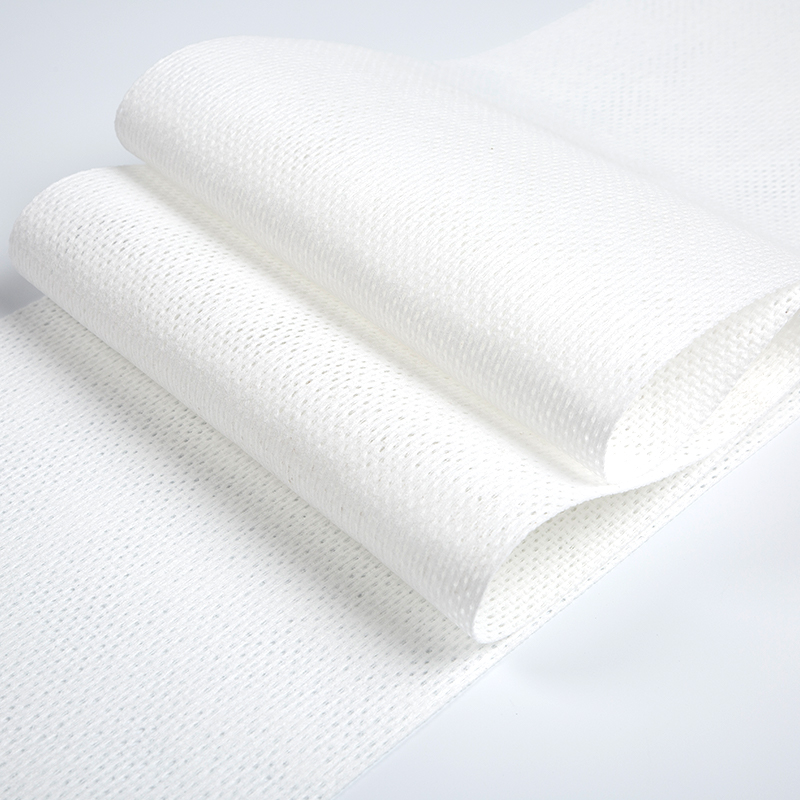

 English
English 日本語
日本語 русский
русский Español
Español